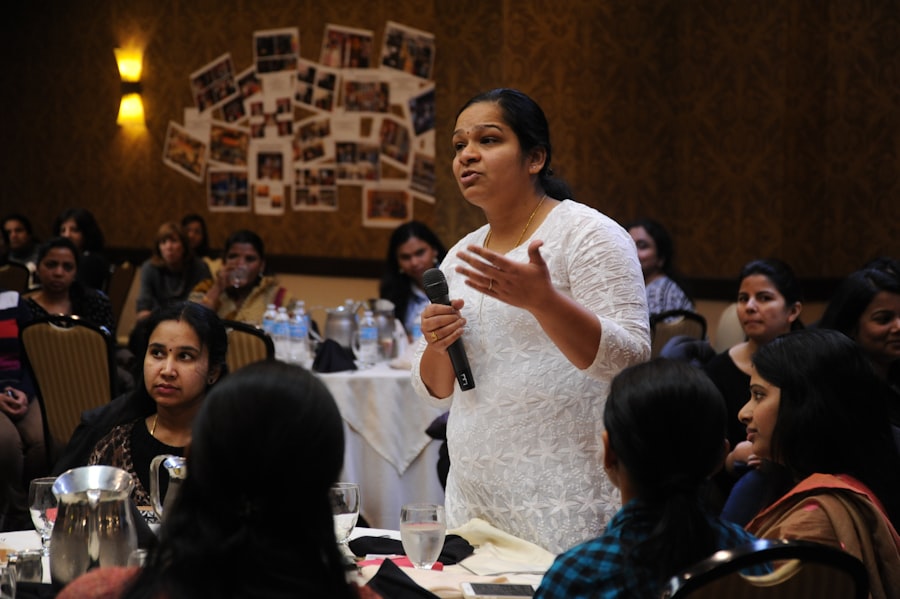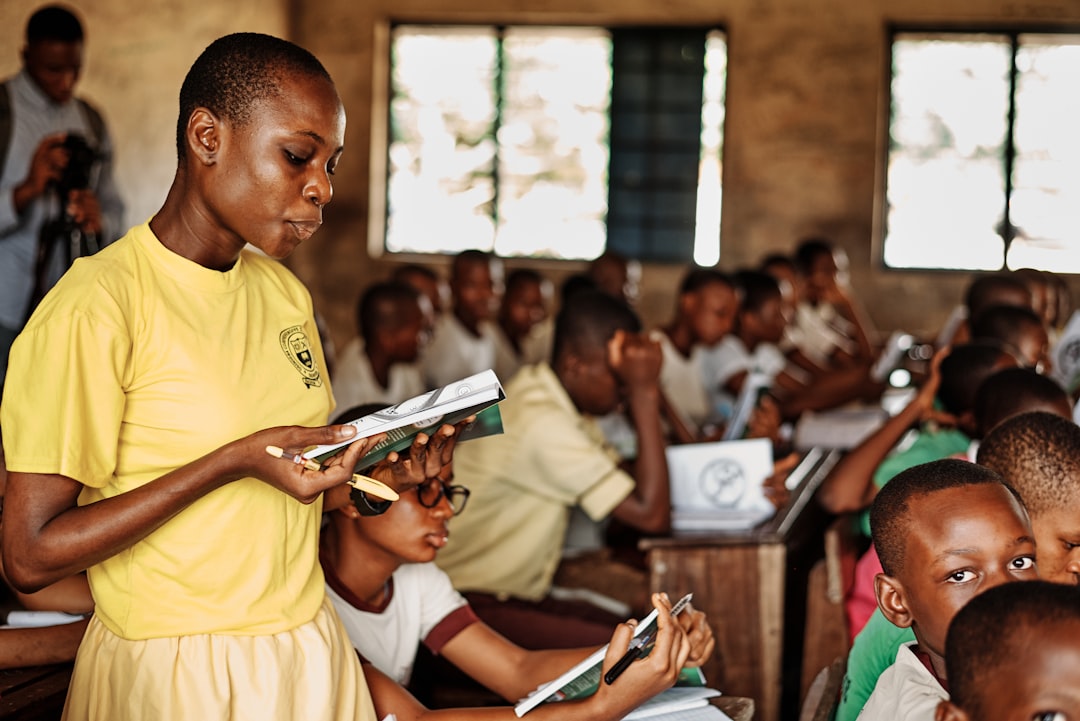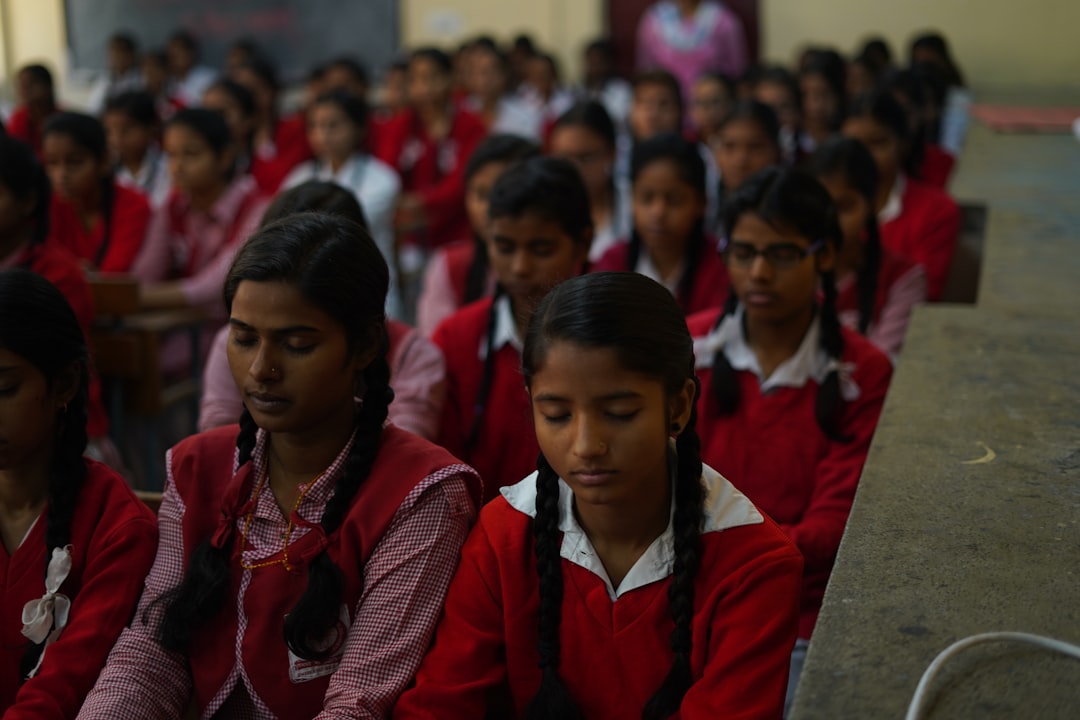The history of higher education in Virginia’s prisons is a complex narrative that reflects broader societal attitudes toward rehabilitation and punishment. In the early 20th century, the concept of education as a means of reforming inmates was not widely accepted. Prisons were primarily seen as places of punishment rather than institutions for personal development.
However, the mid-20th century marked a significant shift in this perspective. The civil rights movement and the push for social justice began to influence public opinion, leading to a growing recognition of the importance of education in reducing recidivism rates. In the 1970s, Virginia began to experiment with educational programs within its correctional facilities.
These initiatives were often limited in scope and funding, but they laid the groundwork for more comprehensive programs in subsequent decades.
However, the 1994 Violent Crime Control and Law Enforcement Act, which eliminated federal funding for prison education programs, posed significant challenges to these efforts.
Despite these setbacks, advocates for prison education continued to push for reforms, emphasizing the potential benefits of higher education for inmates and society as a whole.
Key Takeaways
- Higher education in Virginia’s prisons has a long history, dating back to the 1800s when the first prison education programs were established.
- Inmates who participate in higher education programs have shown reduced rates of recidivism and improved chances of successful reintegration into society upon release.
- Nonprofit organizations play a crucial role in providing higher education opportunities in prisons, offering resources and support to both inmates and educational institutions.
- Offering higher education in prisons not only benefits the individual inmates, but also has a positive impact on public safety and the community as a whole.
- Implementing higher education programs in prisons comes with challenges such as limited funding, logistical issues, and the need for support from correctional facilities and policymakers.
The Impact of Higher Education on Inmates
Reducing Recidivism Rates
Inmates who participate in higher education are more likely to secure stable employment upon release, which is a critical factor in preventing reoffending. A study conducted by the RAND Corporation found that inmates who engaged in educational programs were 43% less likely to return to prison compared to those who did not participate.
Fostering Personal Growth and Empowerment
Higher education fosters personal growth and self-awareness among inmates. Many individuals enter prison with limited educational backgrounds and face significant barriers to reintegration into society. Through higher education programs, inmates gain not only academic knowledge but also critical thinking skills and a sense of agency over their lives. This empowerment can lead to improved mental health outcomes, as individuals develop a sense of purpose and direction.
Enhancing Understanding and Citizenship
The ability to engage with complex ideas and participate in discussions about social issues can also enhance their understanding of the world, fostering a sense of responsibility and citizenship that extends beyond prison walls.
The Role of Nonprofit Organizations in Providing Higher Education in Prisons

Nonprofit organizations play a crucial role in facilitating access to higher education for inmates in Virginia’s prisons. These organizations often fill gaps left by government funding and provide innovative solutions tailored to the unique needs of incarcerated individuals. For example, organizations like the Bard Prison Initiative and the Prison University Project have successfully implemented college-level courses within correctional facilities, offering inmates the opportunity to earn degrees while serving their sentences.
These nonprofits often collaborate with universities and colleges to create robust educational programs that include not only traditional coursework but also mentorship opportunities and support services. By leveraging community resources and expertise, these organizations can provide a more comprehensive educational experience that addresses the challenges faced by inmates. Additionally, they advocate for policy changes that promote educational access within prisons, working to dismantle barriers that prevent inmates from pursuing higher education.
The Benefits of Offering Higher Education in Prisons
| Benefits of Offering Higher Education in Prisons |
|---|
| 1. Reduction in Recidivism Rates |
| 2. Increased Employment Opportunities for Inmates |
| 3. Positive Impact on Prison Culture and Environment |
| 4. Cost Savings for Taxpayers |
| 5. Improved Academic and Life Skills |
The benefits of offering higher education in prisons extend beyond individual inmates; they have far-reaching implications for society as a whole. One of the most significant advantages is the reduction in recidivism rates, which ultimately leads to safer communities. When inmates acquire skills and knowledge through educational programs, they are better equipped to reintegrate into society successfully.
This not only decreases the likelihood of reoffending but also reduces the financial burden on the criminal justice system. Furthermore, providing higher education in prisons contributes to social equity by addressing systemic inequalities that disproportionately affect marginalized communities. Many inmates come from backgrounds with limited access to quality education and economic opportunities.
By offering them a chance to pursue higher education, society takes a step toward rectifying these disparities. This investment in human capital can lead to increased economic productivity and reduced reliance on social services, benefiting taxpayers and communities alike.
The Challenges of Implementing Higher Education Programs in Prisons
Despite the clear benefits of higher education programs in prisons, several challenges hinder their implementation. One significant obstacle is funding; many educational initiatives rely on grants and donations from nonprofit organizations or private foundations. As government support for prison education fluctuates, programs often face uncertainty regarding their financial sustainability.
This instability can lead to program cuts or limitations on course offerings, ultimately affecting the quality of education provided. Additionally, logistical challenges present barriers to effective program delivery. Prisons are often overcrowded and under-resourced, making it difficult to create conducive learning environments.
Security concerns can also complicate the implementation of educational programs, as staff must balance safety protocols with the need for open dialogue and collaboration among students. Furthermore, there may be resistance from correctional staff or administration who view educational initiatives as secondary to traditional punitive measures.
The Support for Higher Education in Virginia’s Prisons

Support for higher education in Virginia’s prisons has been growing among various stakeholders, including policymakers, educators, and community members. Advocacy groups have emerged to champion the cause of prison education, emphasizing its potential to transform lives and reduce crime rates. These organizations work tirelessly to raise awareness about the importance of educational access for incarcerated individuals and lobby for legislative changes that support funding for such programs.
Moreover, some state officials have recognized the value of investing in higher education within correctional facilities as a means of promoting public safety and reducing long-term costs associated with incarceration. Initiatives like the Virginia Department of Corrections’ partnership with local colleges demonstrate a commitment to expanding educational opportunities for inmates. These collaborations not only enhance program offerings but also foster a sense of community engagement by involving local institutions in the rehabilitation process.
The Success Stories of Inmates Who Have Participated in Higher Education Programs
Numerous success stories illustrate the transformative impact of higher education on inmates in Virginia’s prisons. One notable example is that of an inmate who earned a degree while incarcerated and subsequently secured employment as a counselor upon release. This individual not only turned their life around but also became an advocate for prison education, sharing their story with others to inspire change within the system.
Another compelling narrative involves a group of inmates who collaborated on a research project addressing issues related to criminal justice reform while pursuing their degrees. Their findings were presented at a conference attended by policymakers and academics, highlighting the valuable insights that incarcerated individuals can contribute when given the opportunity to engage in higher learning. These success stories serve as powerful reminders of the potential for redemption and growth that exists within prison walls when educational opportunities are made available.
The Future of Higher Education in Virginia’s Prisons
The future of higher education in Virginia’s prisons appears promising yet uncertain, shaped by ongoing advocacy efforts and evolving public perceptions about rehabilitation. As more research highlights the benefits of educational programs for reducing recidivism and promoting successful reintegration into society, there is hope that policymakers will prioritize funding for these initiatives. The growing recognition that education is a fundamental human right may further bolster support for expanding access to higher learning within correctional facilities.
However, challenges remain that must be addressed to ensure sustainable progress. Continued collaboration between nonprofit organizations, educational institutions, and correctional facilities will be essential in creating innovative solutions that meet the needs of incarcerated individuals. Additionally, fostering public awareness about the importance of prison education can help shift societal attitudes toward rehabilitation and encourage broader support for these programs.
As Virginia navigates this complex landscape, it is crucial to remain committed to providing meaningful educational opportunities for all individuals within its prison system. By investing in higher education for inmates, society not only empowers those who have made mistakes but also takes significant steps toward building safer communities and promoting social justice.
FAQs
What is the Virginia Consensus for Higher Education in Prison?
The Virginia Consensus for Higher Education in Prison is a collaborative effort among various stakeholders in Virginia to expand access to higher education for incarcerated individuals.
What are the goals of the Virginia Consensus for Higher Education in Prison?
The goals of the Virginia Consensus for Higher Education in Prison include increasing access to higher education for incarcerated individuals, reducing recidivism rates, and promoting successful reentry into society.
Who is involved in the Virginia Consensus for Higher Education in Prison?
The initiative involves a wide range of stakeholders, including policymakers, educators, correctional officials, and community organizations, all working together to expand higher education opportunities for incarcerated individuals.
What are the potential benefits of higher education in prison?
Research has shown that higher education in prison can lead to reduced recidivism rates, increased employment opportunities post-release, and overall positive outcomes for both individuals and communities.
How does the Virginia Consensus for Higher Education in Prison plan to achieve its goals?
The initiative aims to achieve its goals through policy advocacy, program development, and partnerships with educational institutions and community organizations to expand access to higher education for incarcerated individuals in Virginia.




